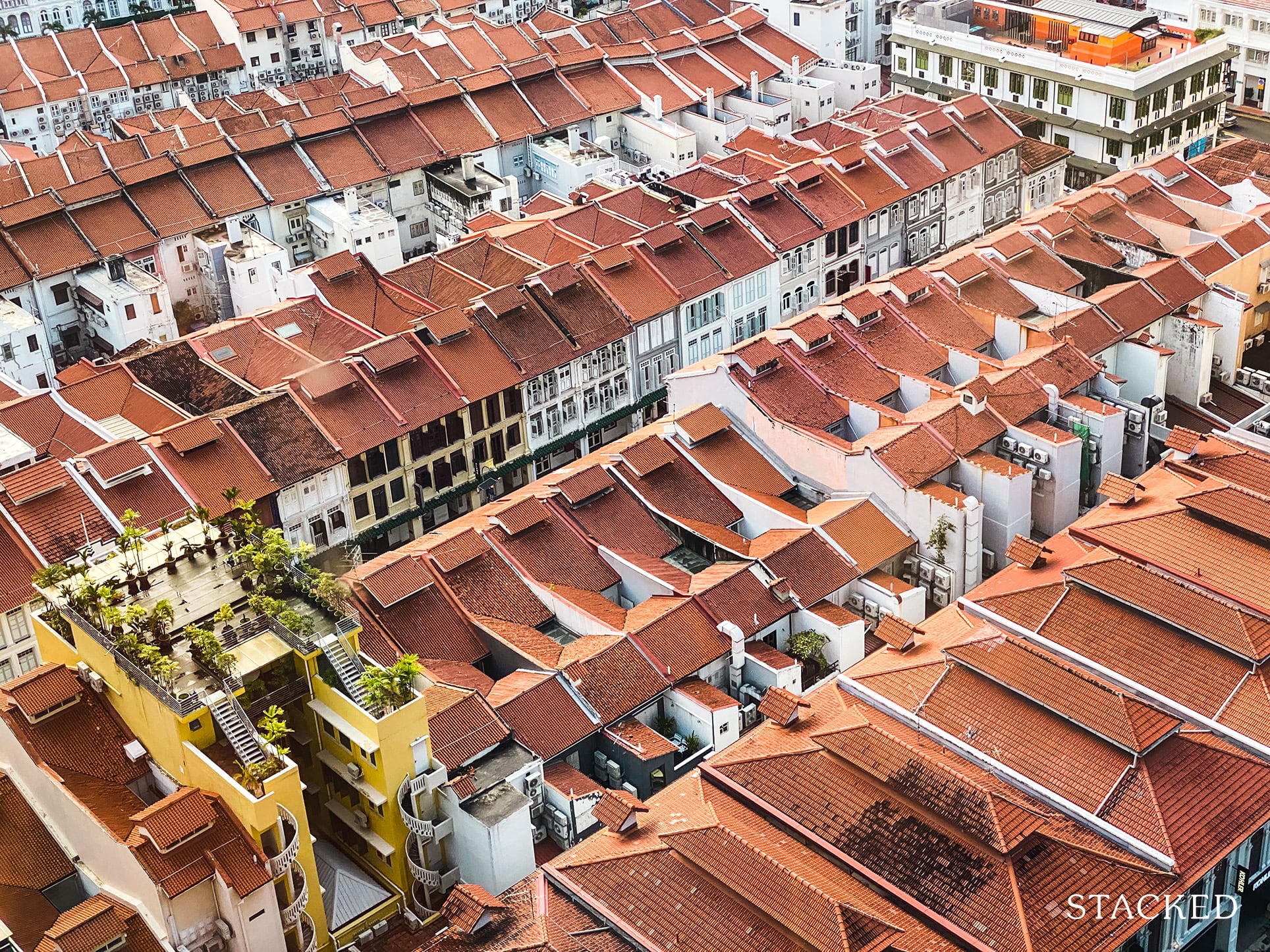If You Own An Investment Shoebox Unit, Here Are 5 Important Points To Note Before Selling In 2023
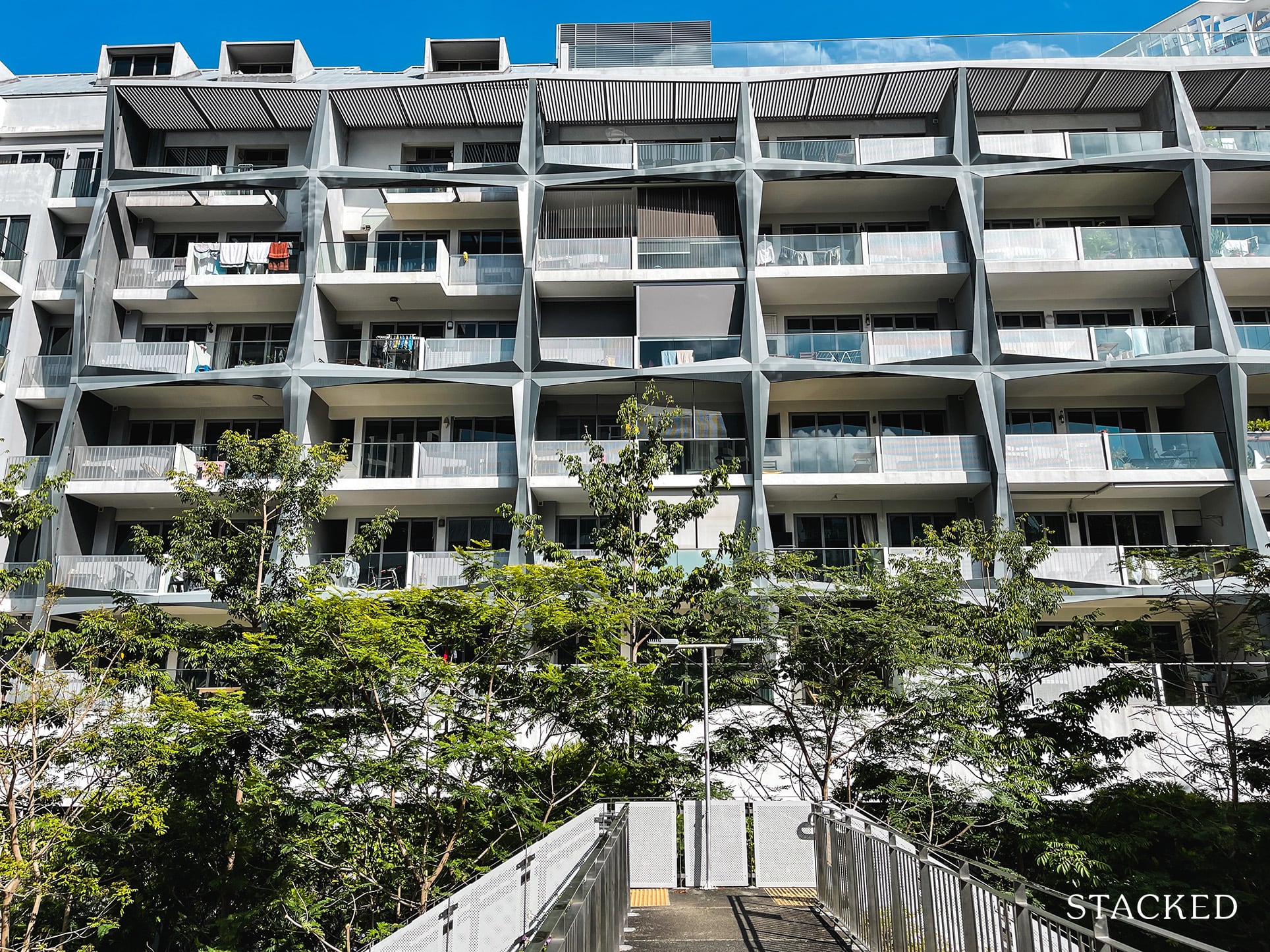
Get The Property Insights Serious Buyers Read First: Join 50,000+ readers who rely on our weekly breakdowns of Singapore’s property market.
A seasoned content strategist with over 17 years in the real estate and financial journalism sectors, Ryan has built a reputation for transforming complex industry jargon into accessible knowledge. With a track record of writing and editing for leading financial platforms and publications, Ryan's expertise has been recognised across various media outlets. His role as a former content editor for 99.co and a co-host for CNA 938's Open House programme underscores his commitment to providing valuable insights into the property market.
Right up to 2013, the single-bedder or shoebox unit was an in-demand property choice. It’s affordable to new investors, has a higher rental yield, and can be sold as an investment. But come 2023, the “selling” part is a much tougher choice. Thanks to sky-high ABSD, even for Singapore citizens, it’s likely that if you sell off your shoebox now, you won’t have an opportunity to own multiple properties again. Considering that, is it still a good idea to sell?
What’s the difference in selling a shoebox unit this year?
The main difference, from buyers in previous decades, is that the Additional Buyers Stamp Duty (ABSD) is now in effect (and made worse because of the December 2021 cooling measures). This is now 17 per cent of the price or valuation (whichever is higher) on the second home for Singapore citizens or 25 per cent for Permanent Residents.
Unless you can find some way around the ABSD (such as decoupling) the stamp duty often makes buying a second property less viable. As such, deciding to sell a second property, which you bought before the ABSD, is a tough choice. For example:
Consider a couple in their 40s or 50s, who currently own a shoebox unit. This can be used as a rental asset in their retirement, as well as set aside for their children’s use (a popular choice was to buy a shoebox unit near a university, or in a central location, as a convenient home for single children).
If the couple were to sell the shoebox unit today, they would do so at a time when prices are at an all-time high.
However, purchasing a second property again in the future may not be viable, given the ABSD. So benefits such as rental income, a home for still-single children, etc. may be lost for good.
As an aside, you should note that you may not qualify under new lending restrictions
For further details, see this article on recent loan curbs. As a quick summary, the interest rate floor on debt ratios, such as the Total Debt Servicing Ratio (TDSR), has been raised; and TDSR has been capped at 55 per cent of your monthly income.
For older sellers who have shorter loan tenures, there’s a chance you may not qualify for the financing to buy a second property again after you sell off your shoebox unit.
What to consider before selling off your shoebox unit this year
The right decision will vary based on your financial situation and aspirations, but we would consider the following to be the main considerations:
- Is the unit being rented out?
- Will upgrading to a single larger unit serve your needs better?
- How close are you to fully paying off the unit?
- Can the shoebox unit serve as a residence for yourself in future?
- Are your children likely to need it?
Table Of Contents
1. Is the unit being rented out?
Rental rates in Singapore were peaking as of mid-2022, and this is likely to continue in the near term. With the end of the pandemic, the return of foreign workers can mean strong prospects for landlords. There’s also been a need for rental among new home buyers in Singapore, who need to wait for their condos or HDB flats to be built. That said, this demand could be met with the number of new condos that will be completed in 2023, as more homeowners are able to finally move in, or just as additional rental stock.
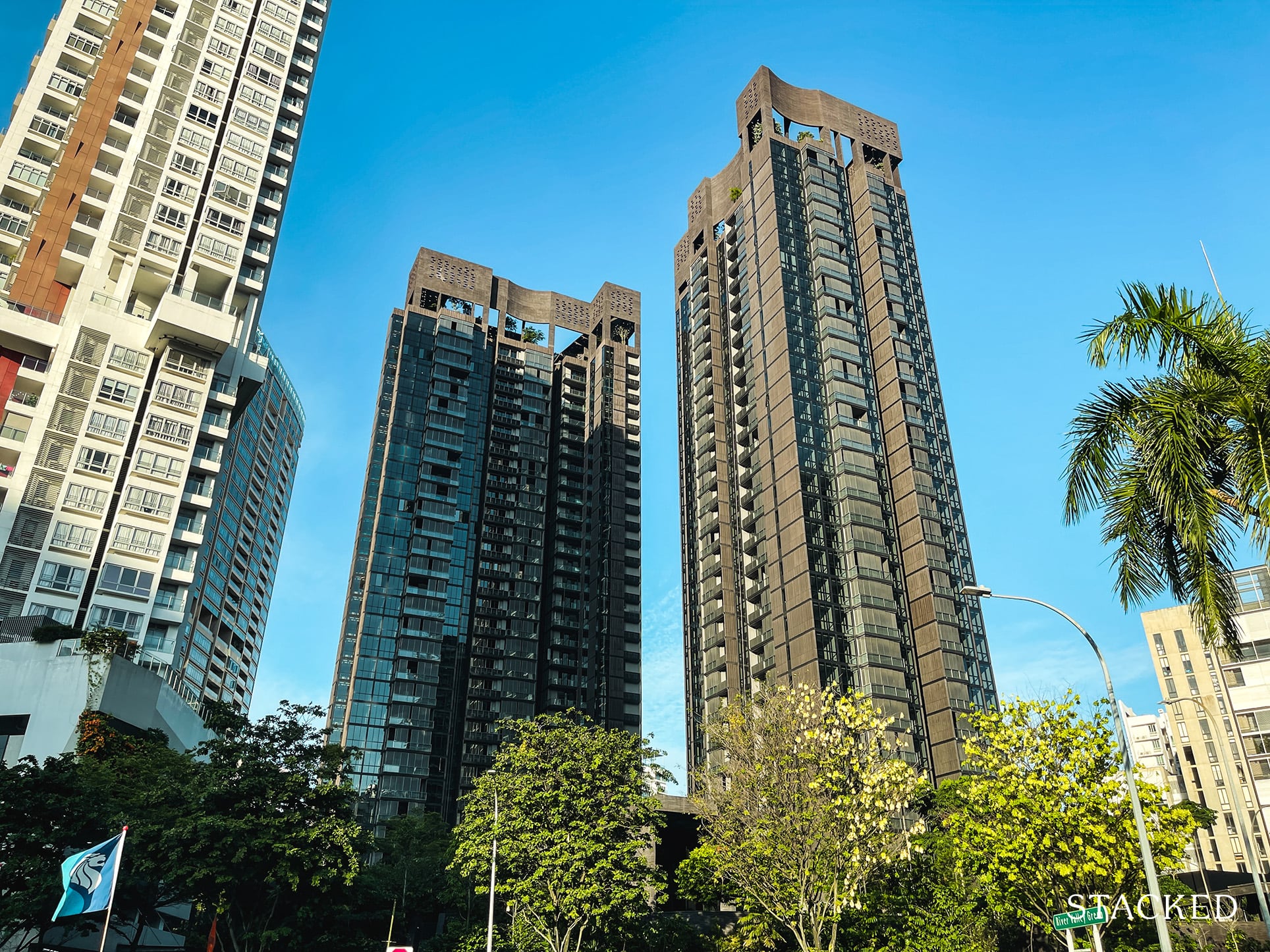
So if you have a unit with high rentability (e.g., it’s in a central location, near popular schools, or otherwise), you might want to consider if it’s worth selling further down the road. There’s a possibility that you’ll miss out on the peak of the rental market, and it could make sense to wait a year or two before you sell.
From a much longer perspective, you’ll want to consider if rental income fits in with your retirement plans. The good part about rental income is that it’s not fixed and can rise with inflation; and once the property is paid off, most shoebox units can be cashflow positive (they have the lowest Share Value in the condos and pay the least maintenance, so the rental income should more than cover maintenance and taxes).
Keep in mind that, if you sell now and decide you want a property to rent out again in the future, you’ll face the high ABSD rate when you buy again.
More from Stacked
Why This Freehold Mixed-Use Condo in the East Is Underperforming the Market
Parc Komo was one of the more under-the-radar launches of its day; at the time, it was marketed as one…
If you’re not currently renting out the shoebox unit, and have no desire to ever be a landlord, then it might make sense to cash out at the current peak.
2. Will upgrading to a single larger unit serve your needs better?
One possibility is selling your shoebox and your current unit, to upgrade to another, possibly larger home.
As of last year, most HDB upgraders were priced out of new launches, and we’re aware that even resale condo prices are rising. However, if you sell your shoebox unit and your current home, this may fetch the necessary amount for, say, a family-sized condo unit.
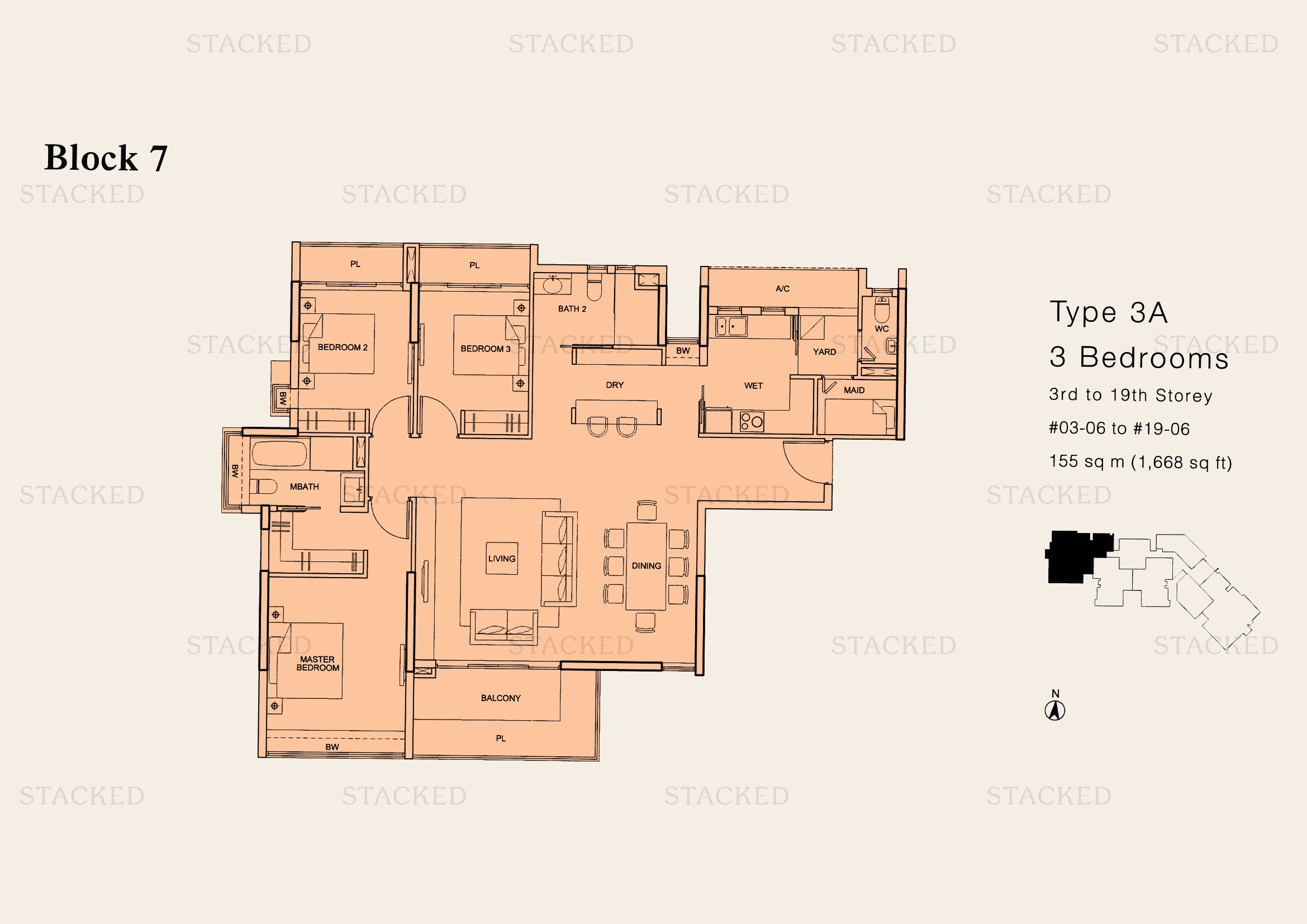
Depending on your life stage and financial milestones, this might make more sense than holding on to a one-bedder. For example, if you bought the shoebox as a young investor, but now need a larger home for an extended family, this might suit your purposes better.
Another consideration is the growing trend toward larger homes. Increasingly, buyers are moving away from one and two-bedders, and toward family-sized three or four-bedders; likely as a result of HDB upgraders becoming the dominant demographic (most HDB upgraders are family units, and one-bedders will be too small for them).
This might affect the saleability of shoebox units in the future, and it might be better to upgrade to a single, larger three or four-bedder unit than to retain the shoebox.
This is a consideration that goes into a lot of detail, so do reach out to us for a consultation with select experts, on whether it works for you.
3. How close are you to fully paying off the unit?
As we stated in point 1, a fully-paid off shoebox unit will typically be cashflow positive. However, if you’re still paying the mortgage, there’s a major point of consideration regarding interest rates.
At present, home loan rates average three per cent and higher, and it’s not impossible that they may climb higher. You need to consider whether your shoebox unit is still a viable asset given the rising rates, or if you might be better off liquidating it and re-investing elsewhere.
This requires a conversation with your chosen financial professional, and the answer will vary based on your remaining lease.
There’s also the option of accelerating your home loan repayment on the shoebox unit, to avoid the rising interest; but you need to be careful not to lock up too much in your property, and of any prepayment penalties by banks.
4. Can the shoebox unit serve as a residence for yourself in the future?
If you own a shoebox unit, there’s a possibility that – in the far future – you could move into the shoebox unit while renting out your larger home. This may be viable once the children have long since moved out, or if there’s just you or your surviving spouse.
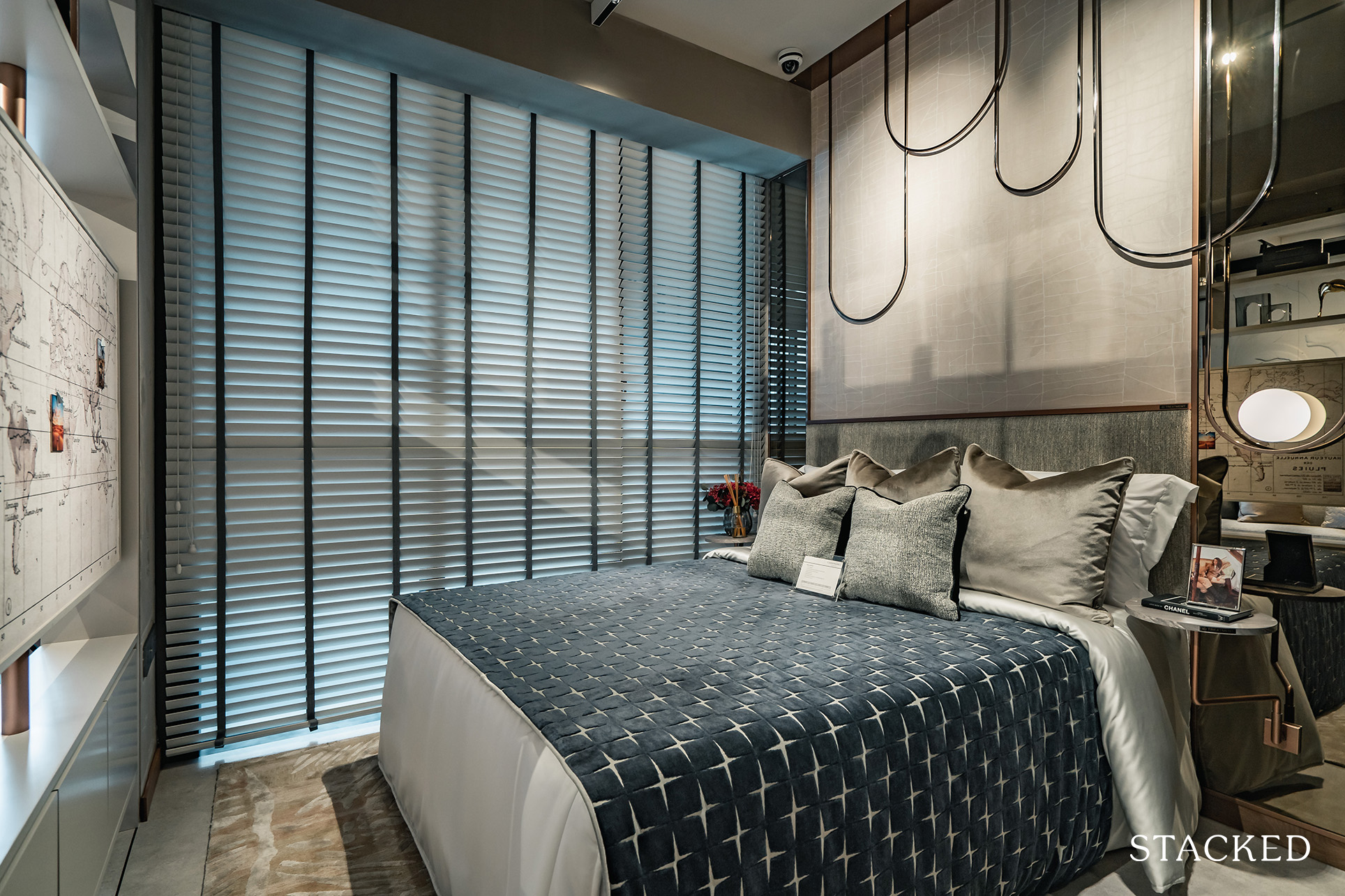
For some, it may be more comfortable to retire in a single-bedder condo unit, than in a smaller flat – you can still enjoy the common facilities, for example. And if you rent out your larger home, it’s probable that you’ll more than cover the maintenance fees and taxes.
If you sell your shoebox unit now, however, this option may be off the cards permanently.
5. Are your children likely to need it?
Many owners of shoebox units retain it until the children no longer need it, which is another viable strategy. The goal is just to provide accommodation for children as they go through university, or until they get married or can apply for a flat (maybe a little longer, such as while they wait for a new home to be built).
If these purposes have already been met, then it’s time to review if your shoebox unit is still necessary. Your main consideration, at this point, should be whether it continues as a rental asset (or a place to retire, as in point 4).
For purposes of inheritance, consider where your children are likely to live. Keep in mind that your children may not be able to own both their HDB flat and your shoebox flat; that could make a difference in how your structure your financial legacy.
The ultimate answer will vary based on your aspirations and current financial situation, but you can reach out to us at Stacked if you’re uncertain. The most important thing is to not give in to inertia – even if you change nothing, make it a conscious decision after reviewing your situation. The property market in 2023 and beyond will be quite different from the low-interest rate, and less volatile, economic situation from a few decades before.
If you’d like to get in touch for a more in-depth consultation, you can do so here.
Ryan J. Ong
A seasoned content strategist with over 17 years in the real estate and financial journalism sectors, Ryan has built a reputation for transforming complex industry jargon into accessible knowledge. With a track record of writing and editing for leading financial platforms and publications, Ryan's expertise has been recognised across various media outlets. His role as a former content editor for 99.co and a co-host for CNA 938's Open House programme underscores his commitment to providing valuable insights into the property market.Read next from Property Investment Insights
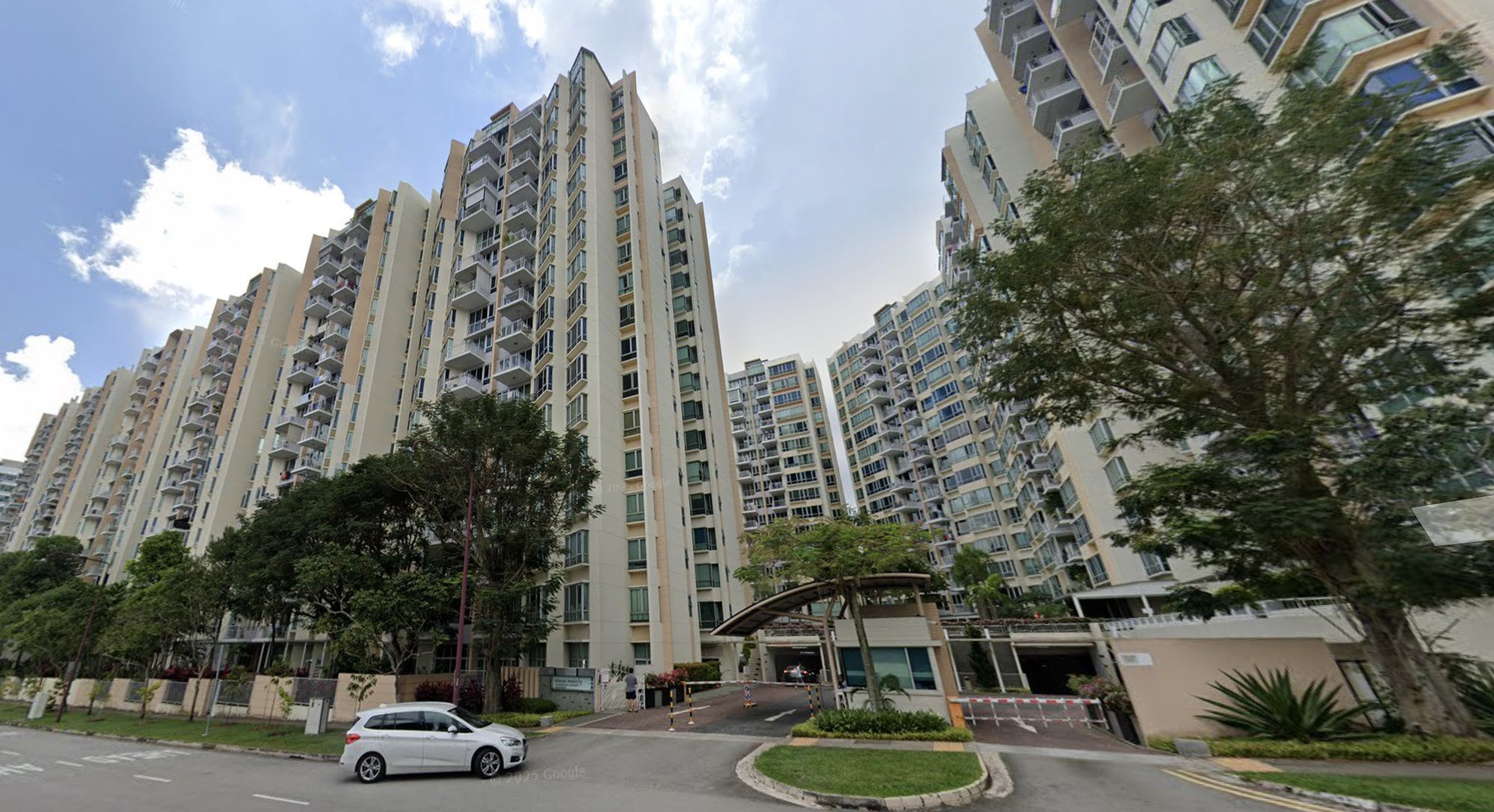
Property Investment Insights This 21-Year-Old Condo Didn’t Sell Out Initially, Yet Became A Top Performer
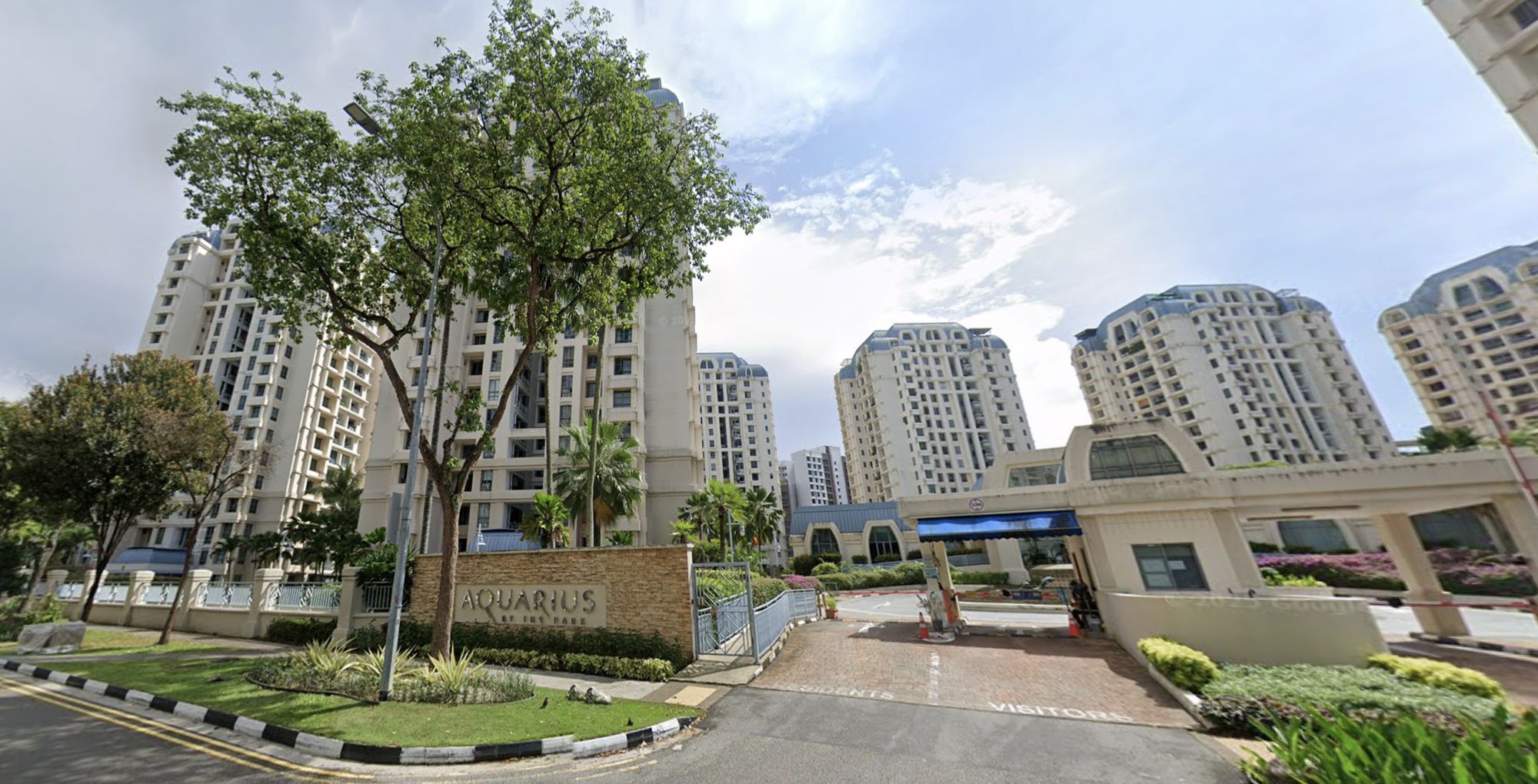
Property Investment Insights How A Once “Ulu” Condo Launched In 1997 Became A Top Performer
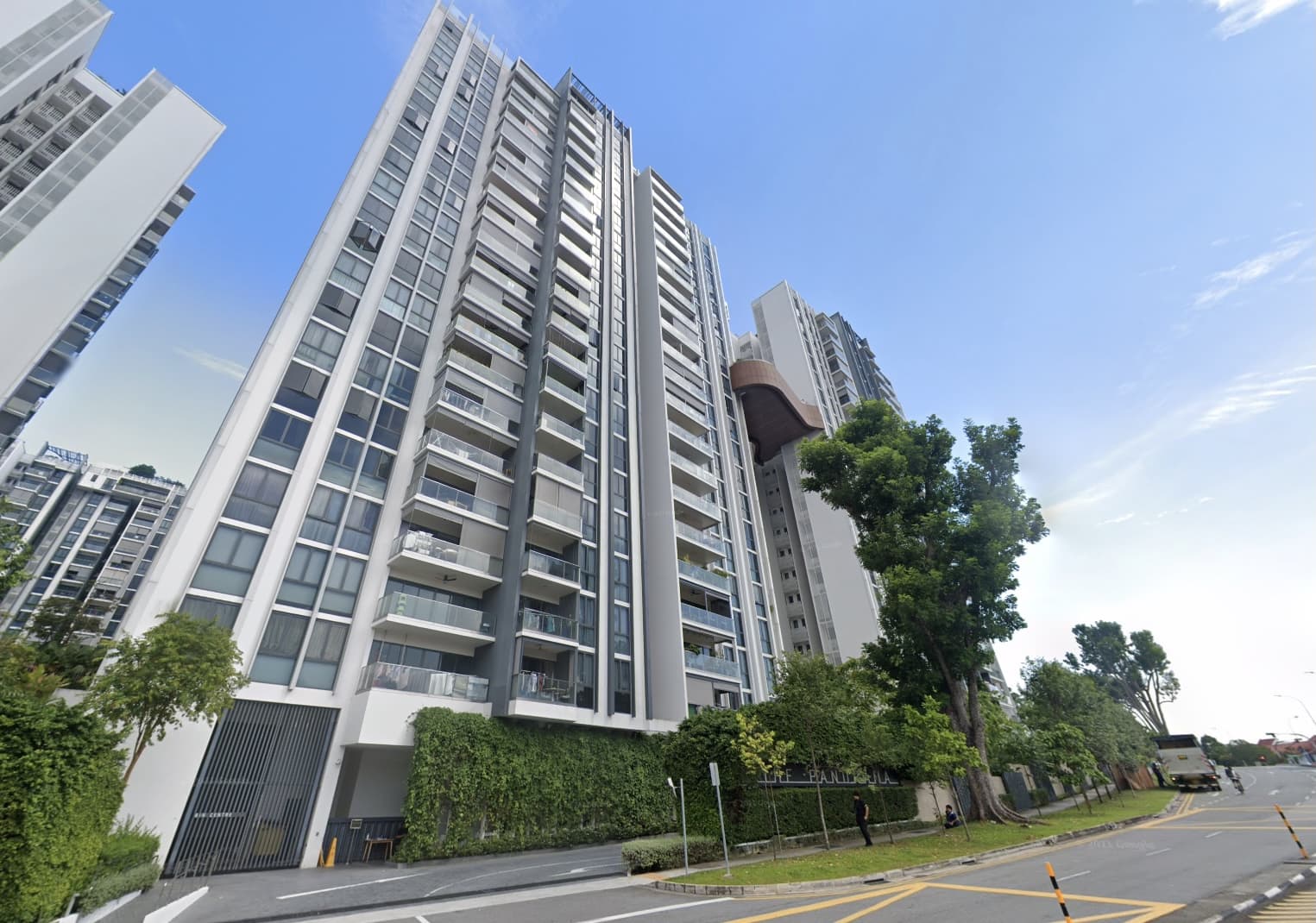
Property Investment Insights This 698-Unit Ang Mo Kio Condo Launched At The Wrong Time — And Still Outperformed Peers
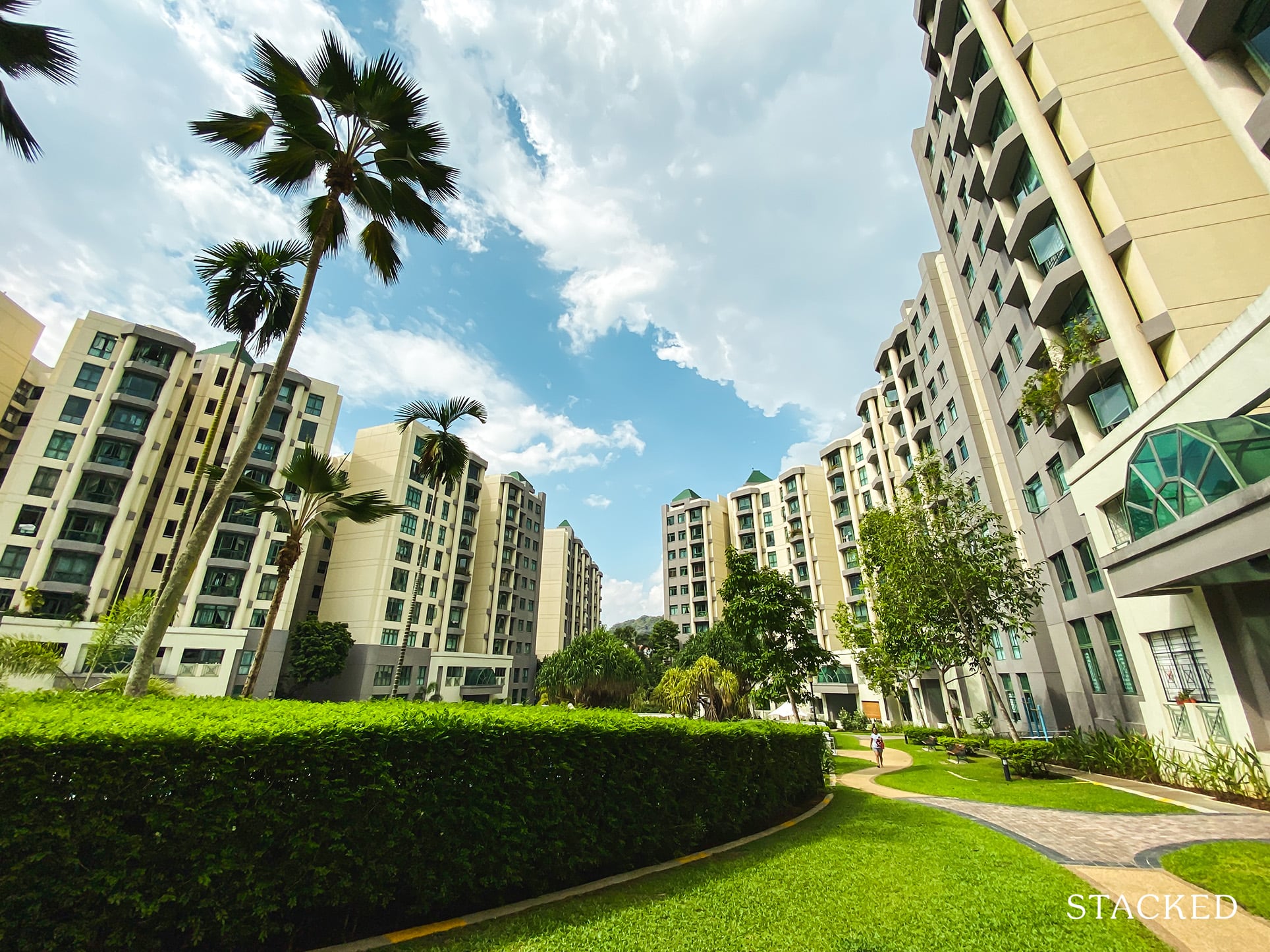
Property Investment Insights These Resale Condos In Singapore Were The Top Performers In 2025 — And Not All Were Obvious Winners
Latest Posts
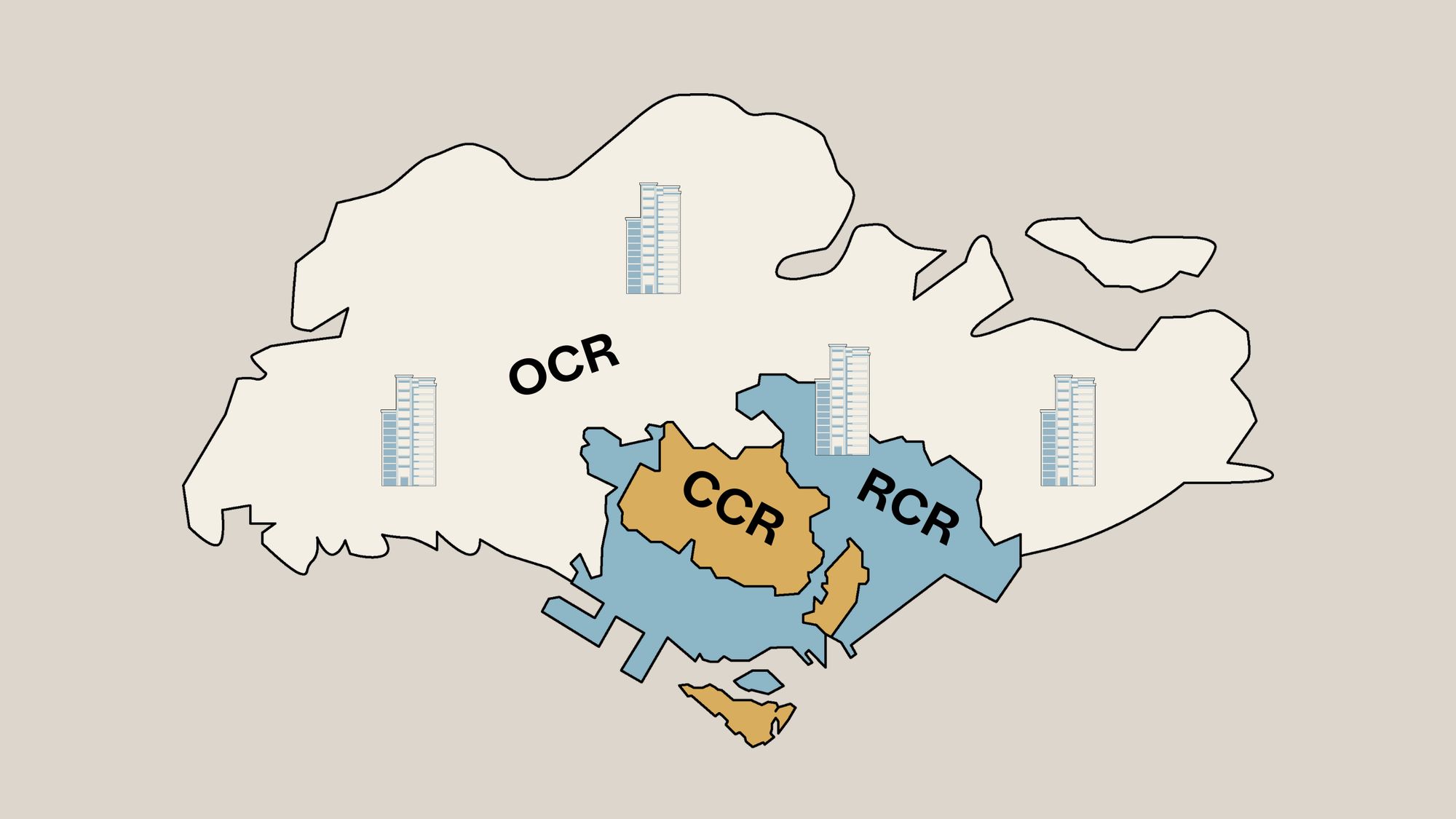
Property Market Commentary Why The Singapore Property Market Will Be Different In 2026 — And It’s Not Just About Prices
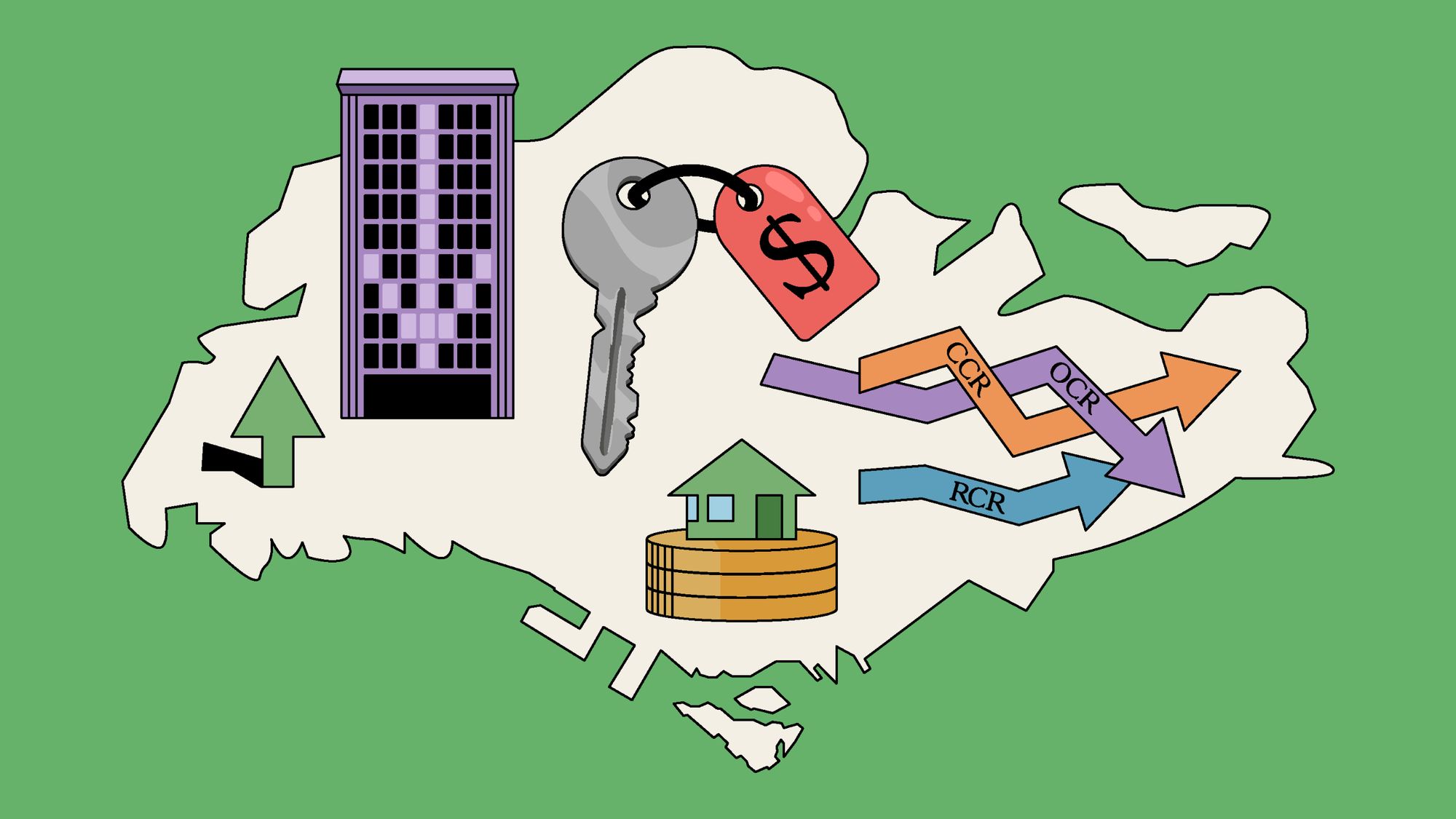
Editor's Pick 2025 Year-End Review Of The Singapore Property Market: What The Numbers Reveal
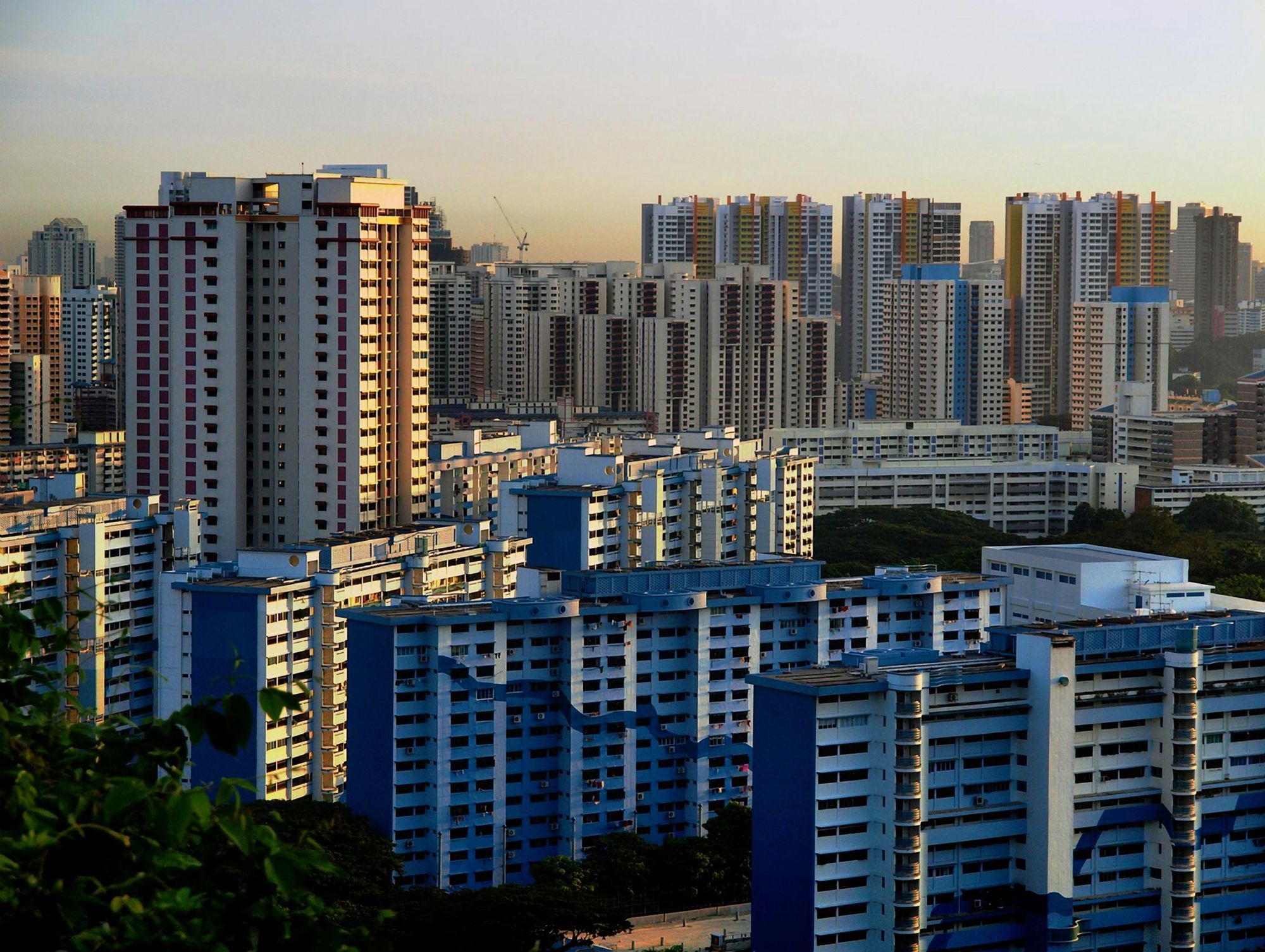
Editor's Pick How The HDB Resale Market Performed In 2025, And What It Means For 2026 Prices
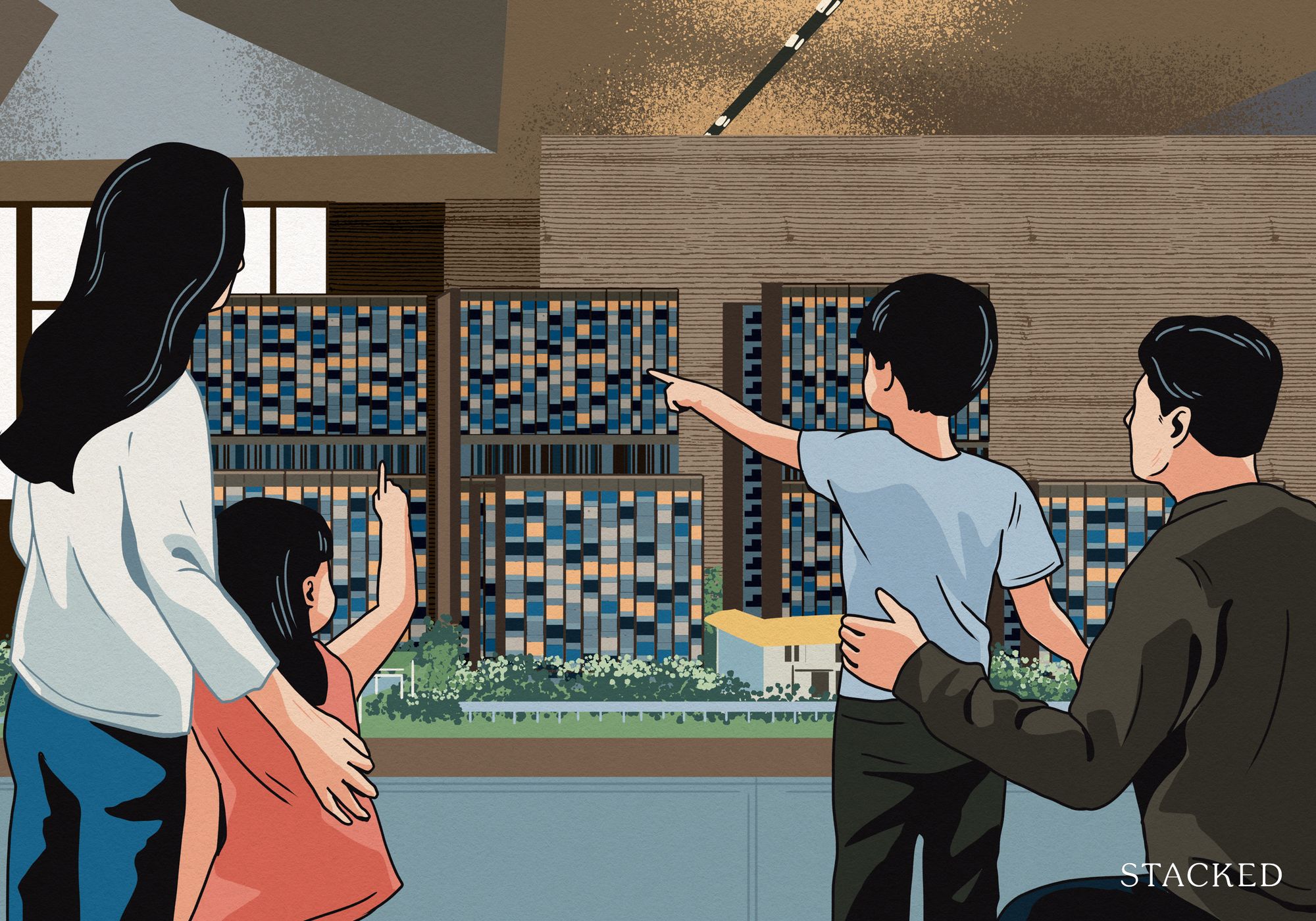
Editor's Pick 4 Key Trends Reshaping Singapore’s New Launch Condo Market In 2026
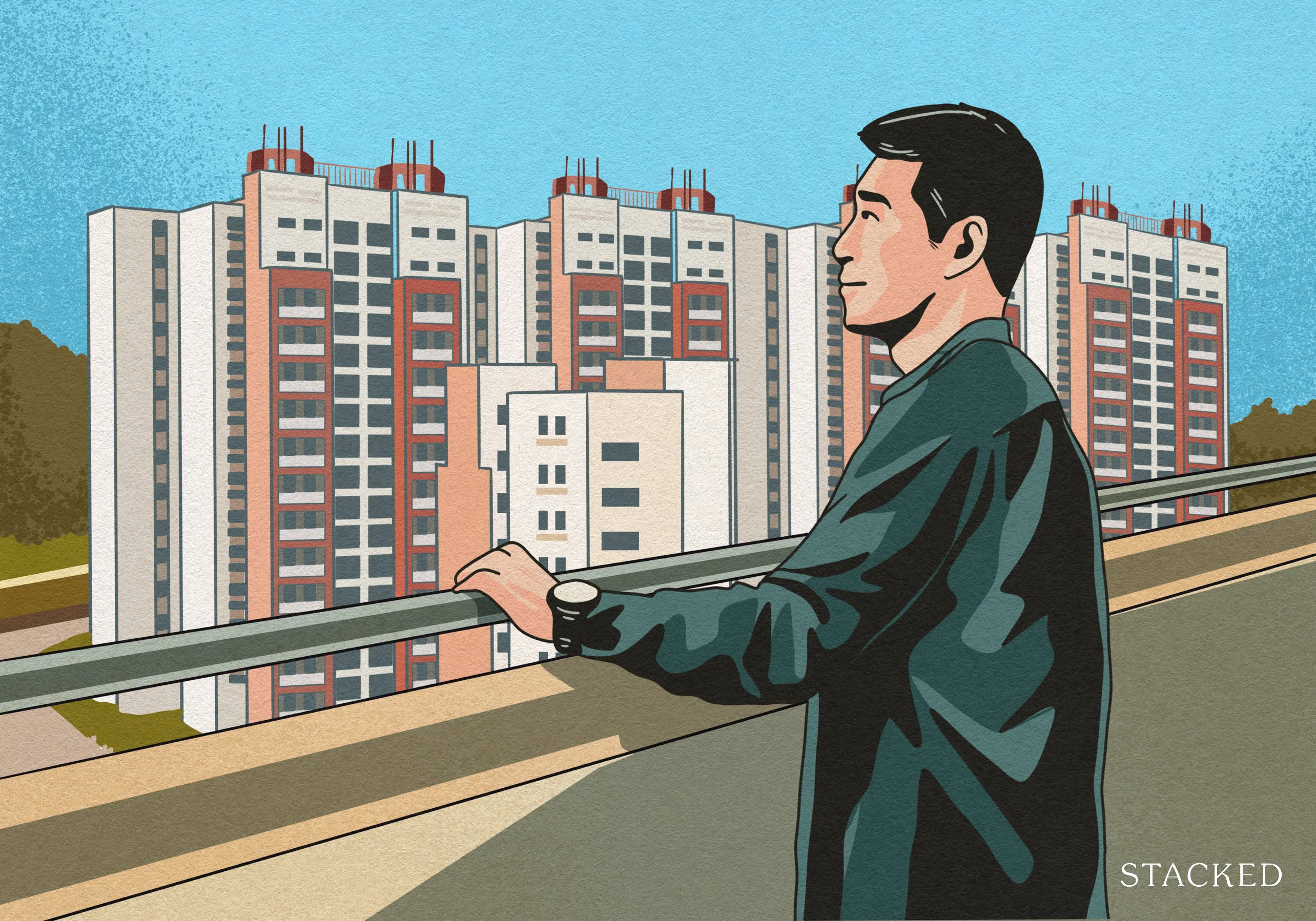
Editor's Pick What I Only Learned After My First Year Of Homeownership In Singapore

Singapore Property News Why More Land Doesn’t Automatically Fix Housing In Singapore
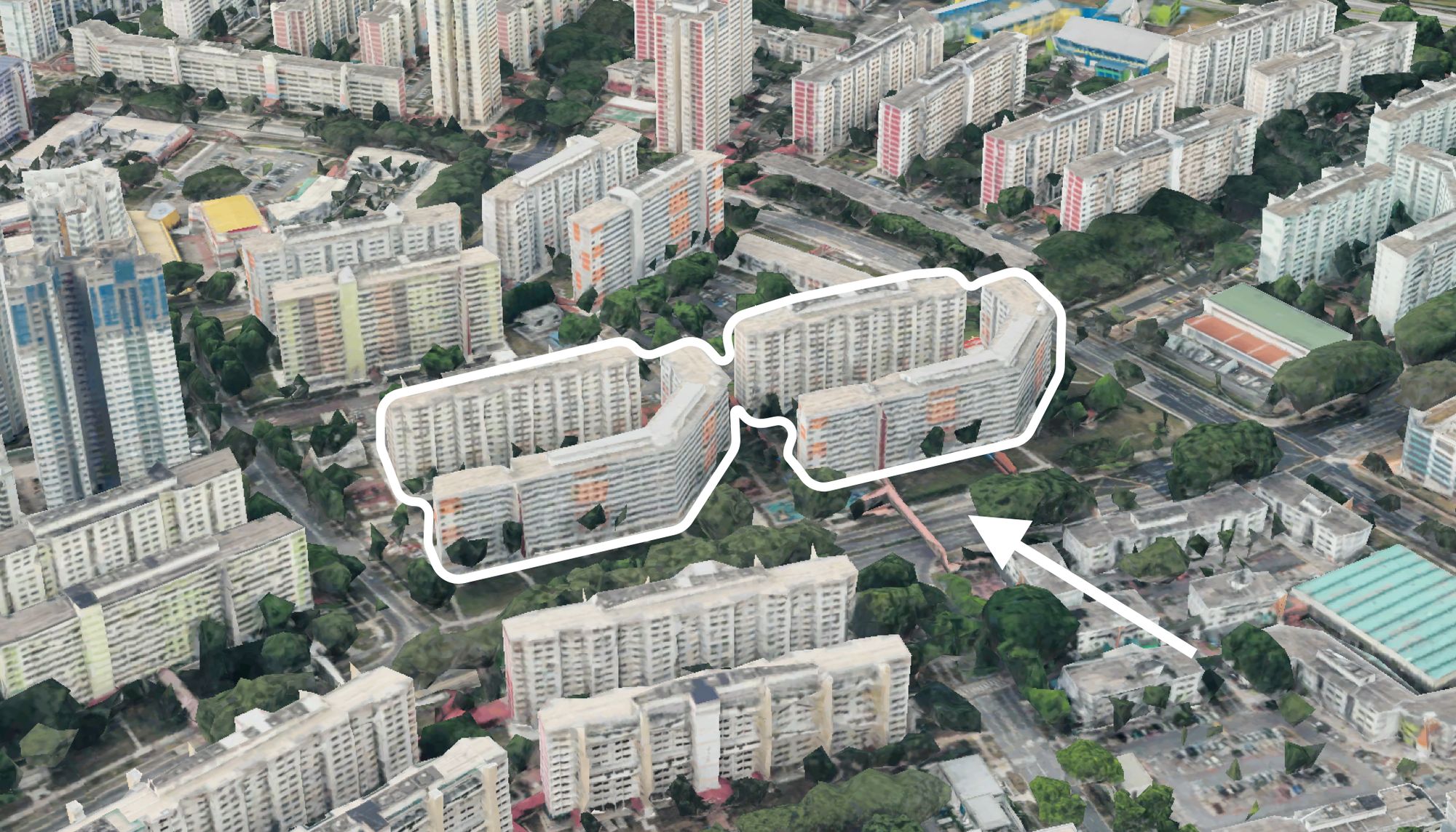
On The Market Here Are The Cheapest 4-Room HDB Flats in Central Singapore You Can Still Buy From $490K
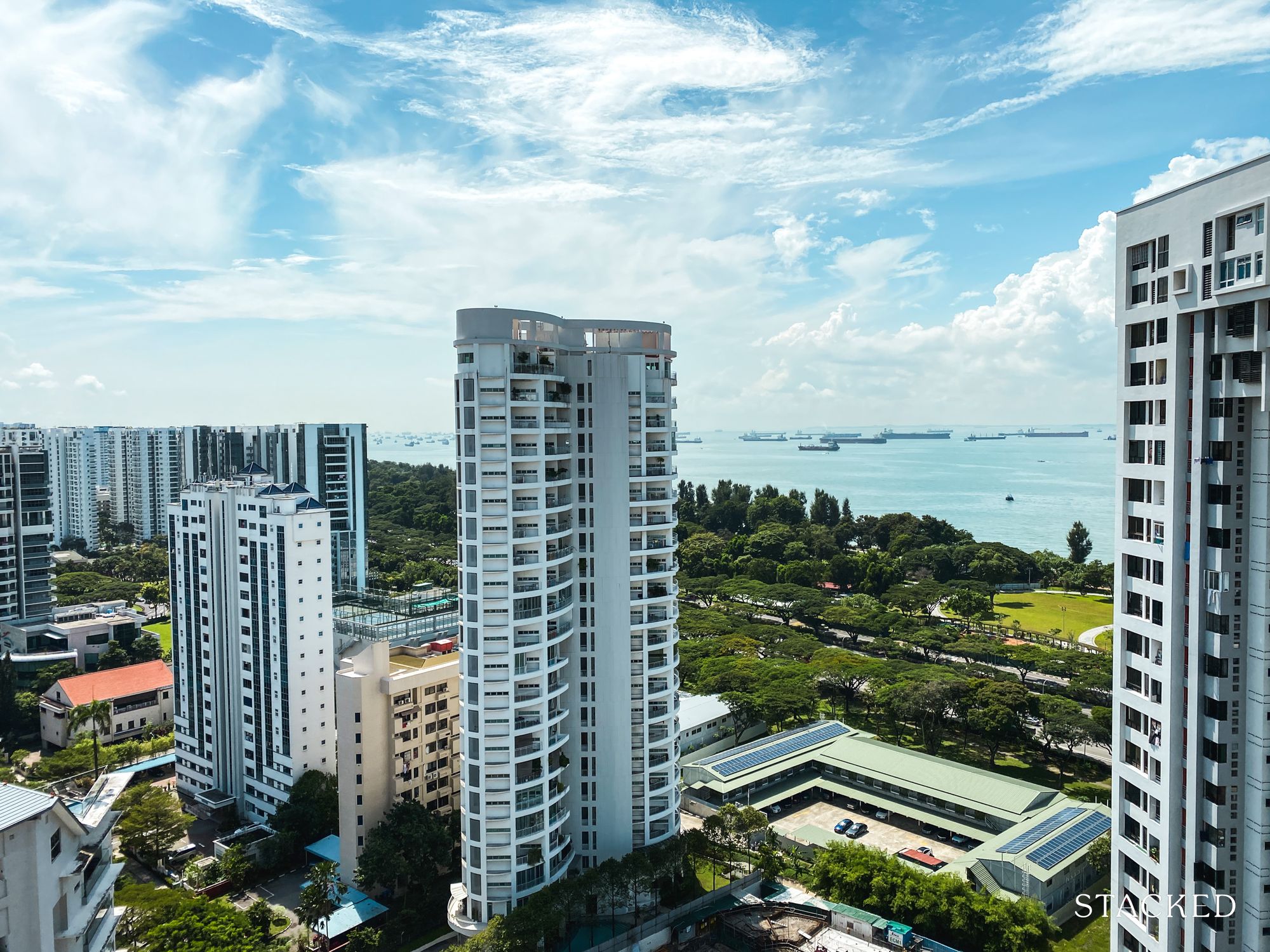
Editor's Pick Should We Buy An Old 99-Year Leasehold Condo To Live In: Will It’s Value Fall When The Lease Runs Out?
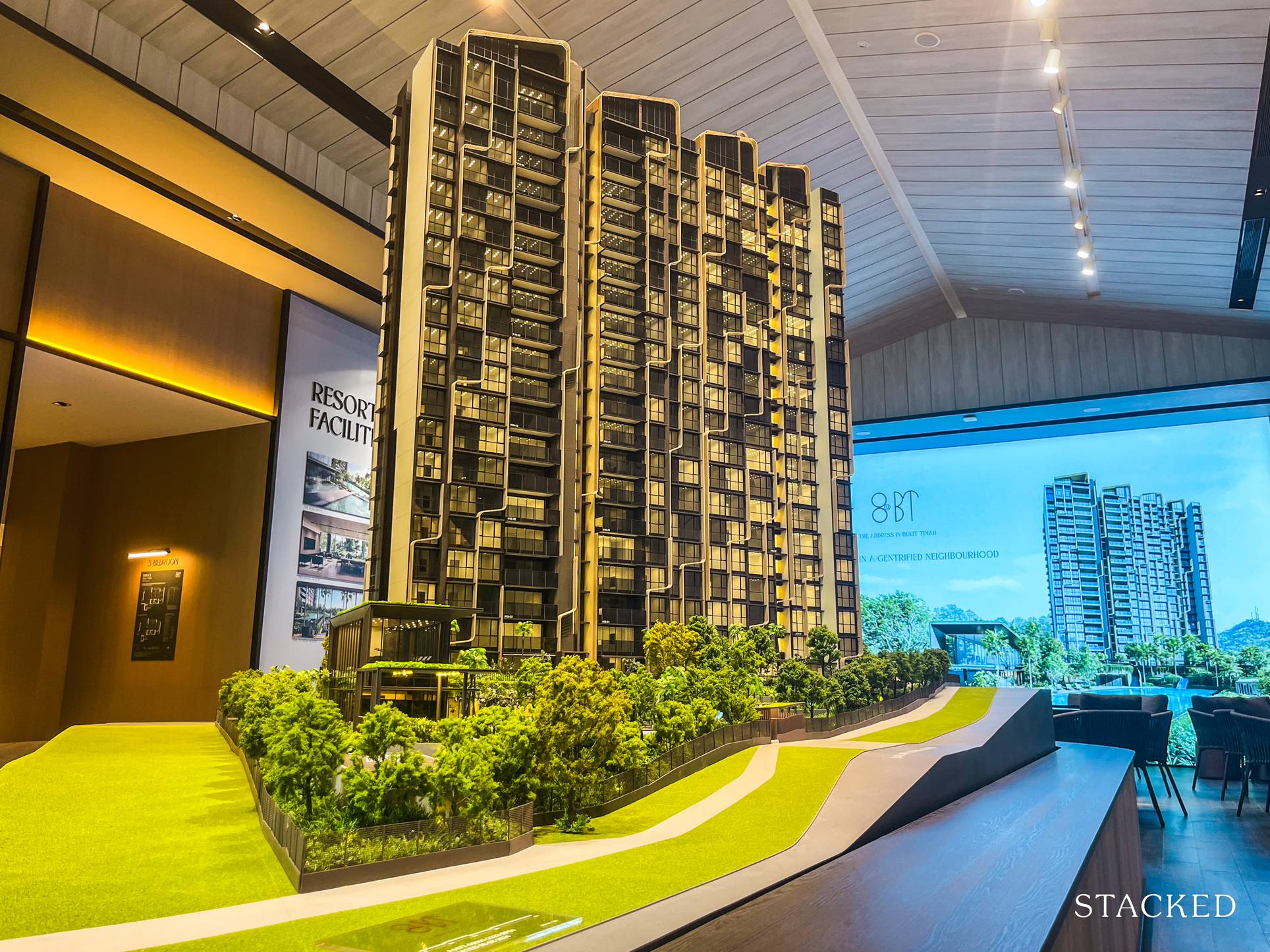
Editor's Pick I Reviewed A New Launch 4-Bedroom Penthouse At Beauty World
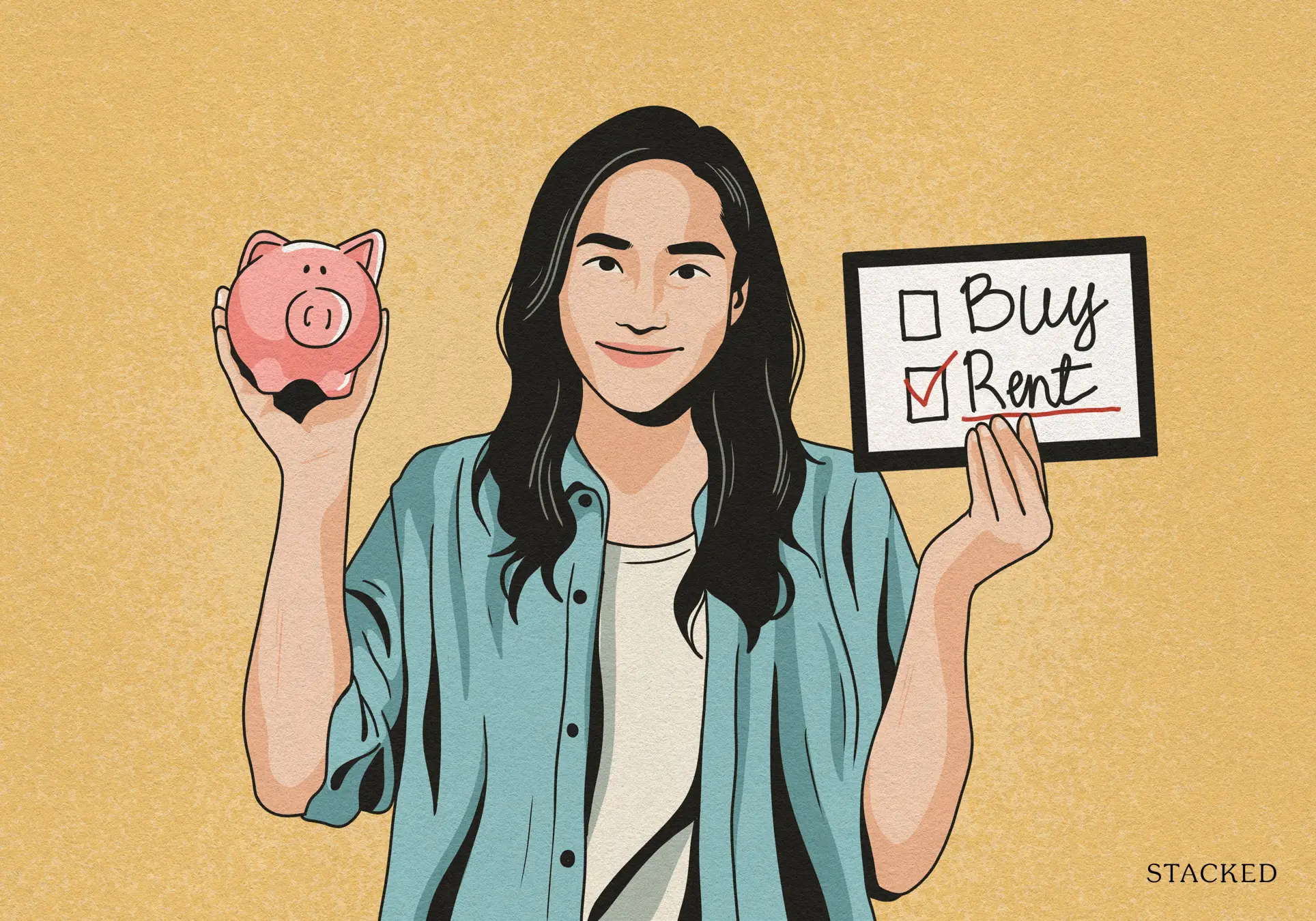
Property Market Commentary When Renting In Singapore Is The Smarter Move — And Buying Can Wait

Editor's Pick Why Singaporean Families Are Looking At This Landed Enclave From Around $4M
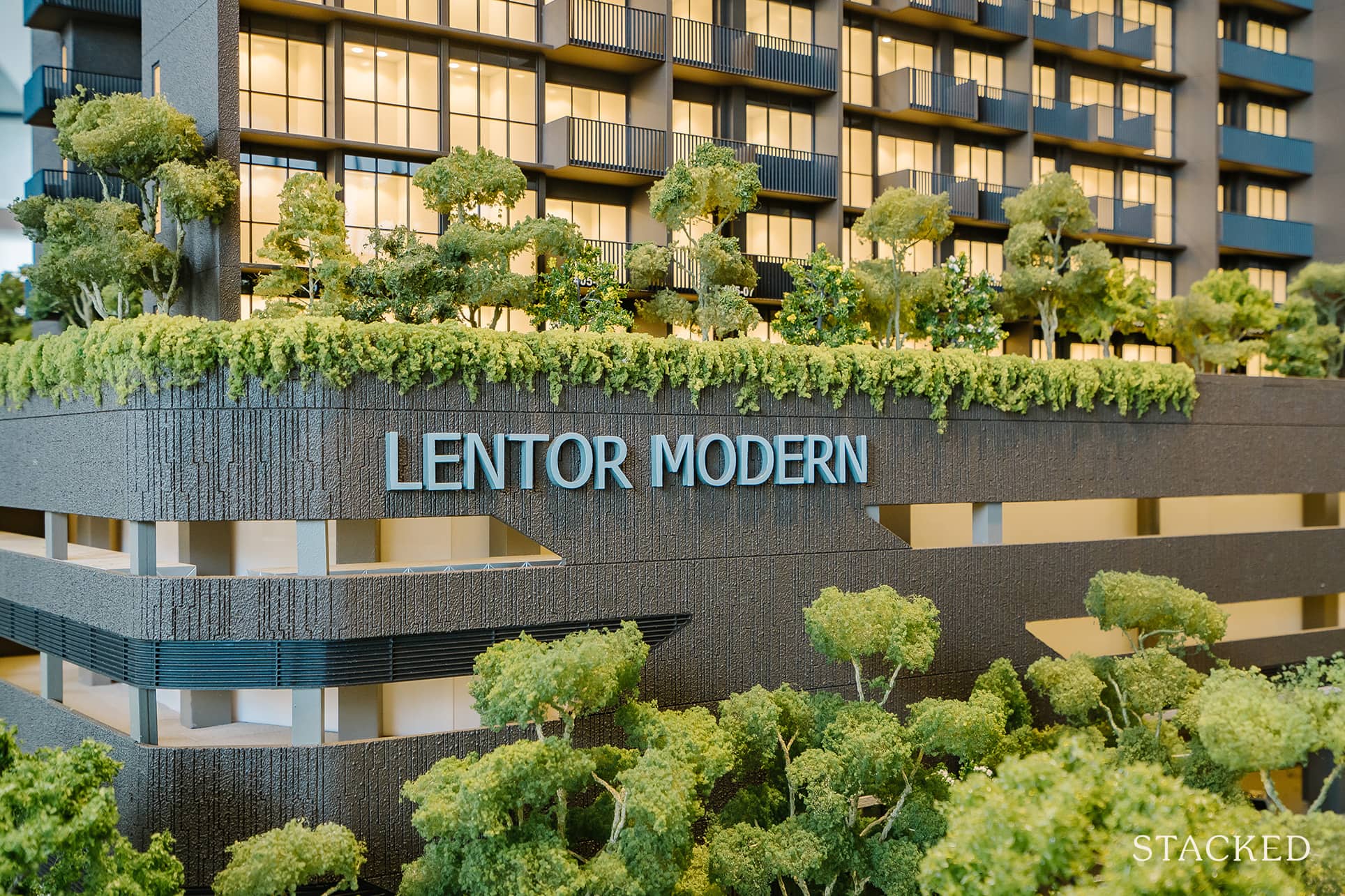
Singapore Property News Lentor’s First Condo Is Complete — The Early Profits May Surprise You
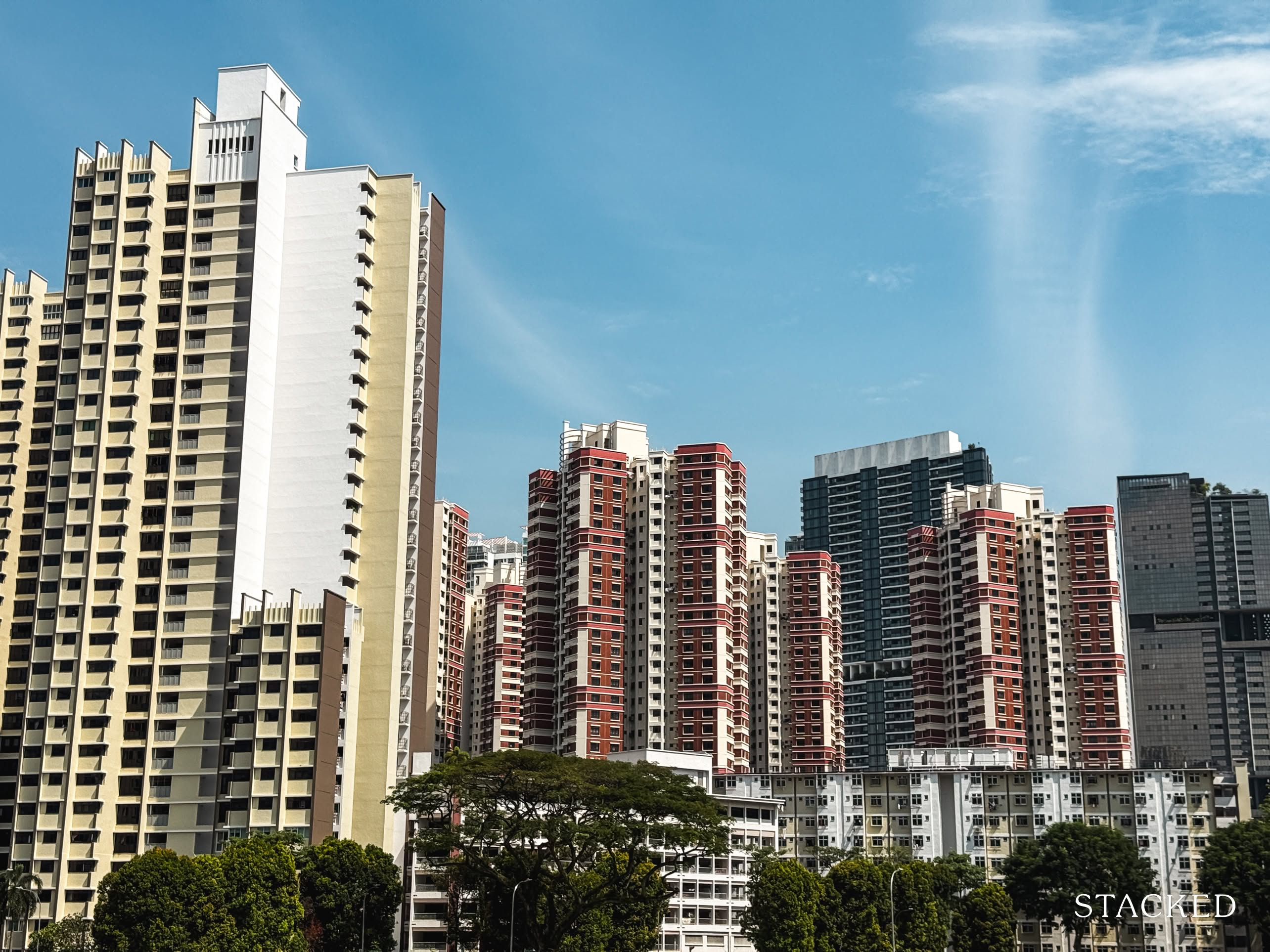
Editor's Pick A Wave Of New HDB Resale Supply Is Coming In 2026: Here’s Where To Find Them
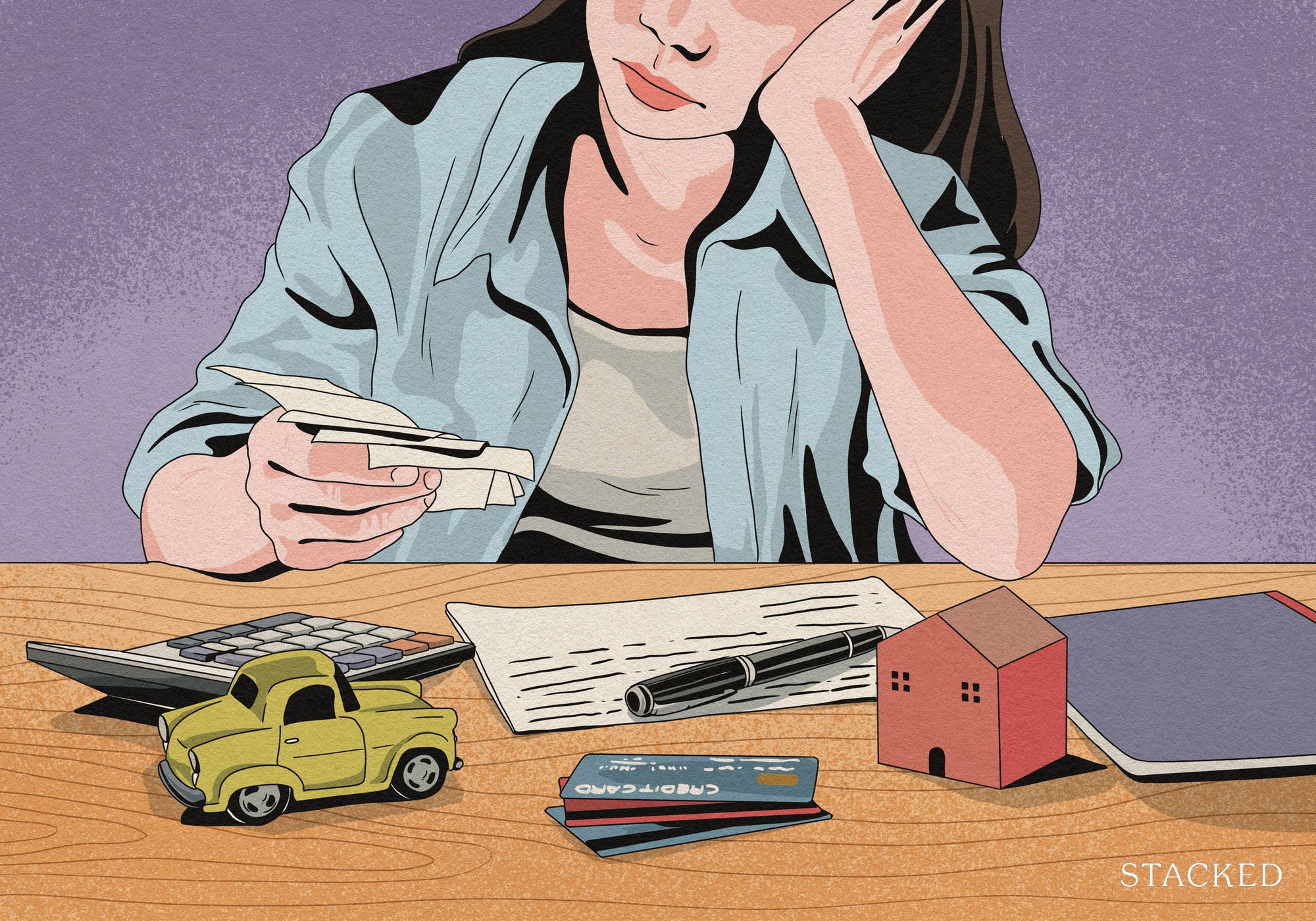
Property Advice We Own A $800K 1-Bedder And A $1.1M 3-Bedder: Is It Possible To Upgrade To A 4-Bedder Condo?
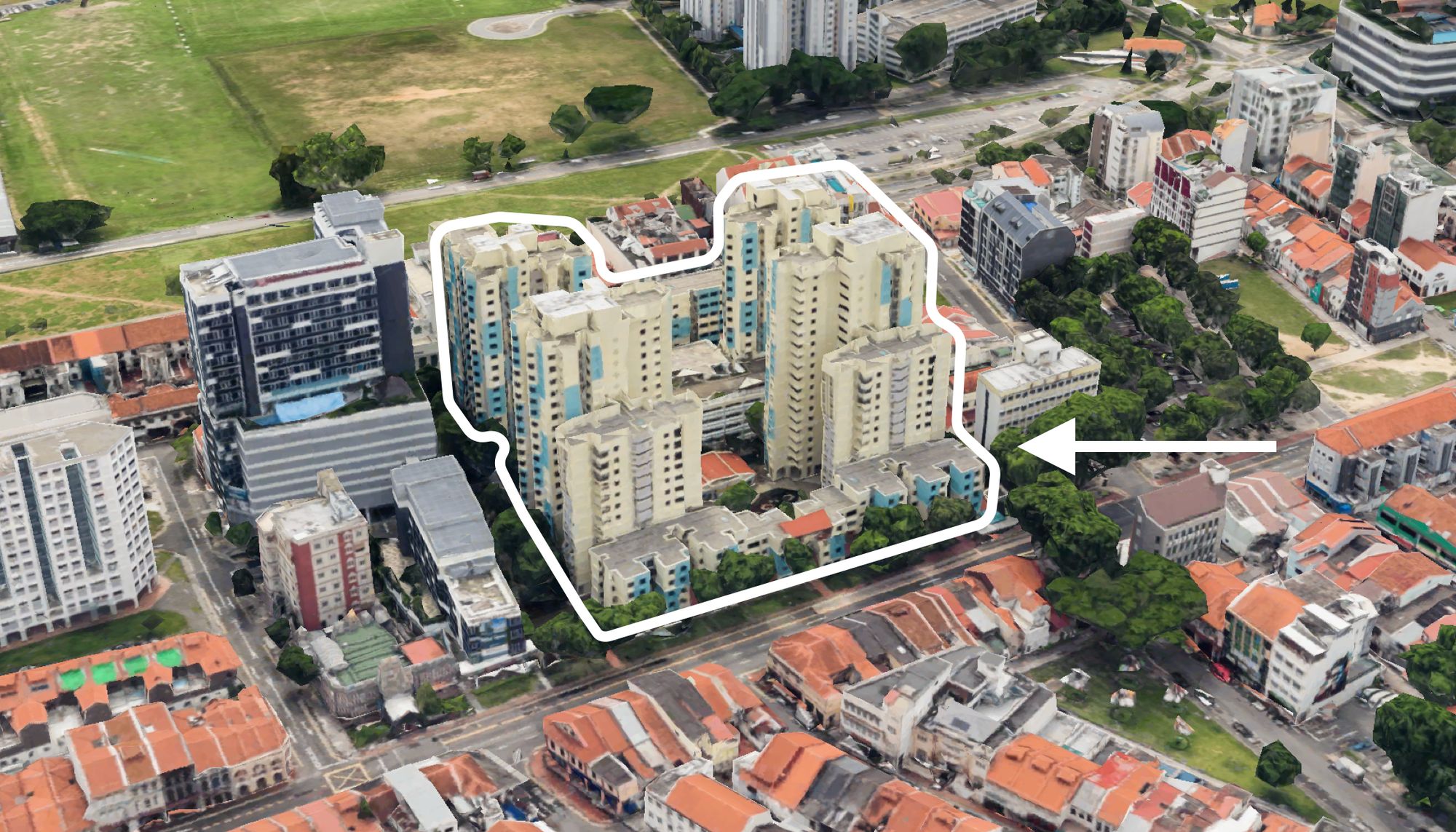
On The Market These Are Some Of The Cheapest 5-Room HDB Flats Left In Central Singapore
